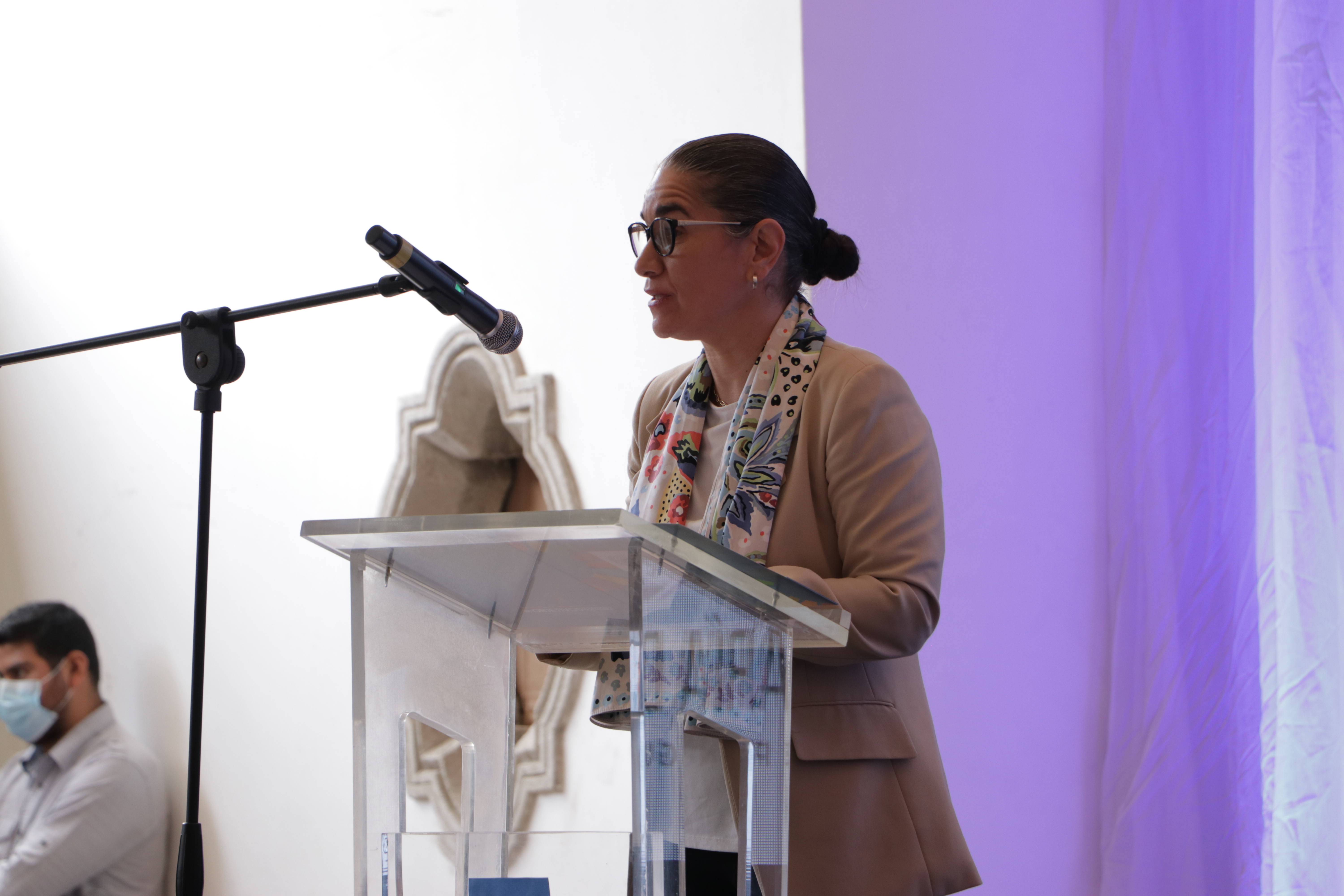Yesterday the latest National Human Development Report (INDH) was released, revealing the inequalities in Guatemala. This time measurement was done at the municipal council level and in four regions.
The statement was made public during an official function in San Pedro Garcha, Alta Verapaz.
Ana María Díaz, the United Nations Development Program (UNDP) Guatemala representative, spoke to Brenza Libre hours before the report was made public about the aspects to be considered in this assessment, which covers the years 2002 and 2019.
Taking into account the large number of Guatemalans living in the United States and their remittances, Díaz elaborates on some of the aspects the report presents in a broader way, such as the phenomenon of migration and the impact of remittances on human development. The country is setting unprecedented numbers.
In addition, the United Nations official highlighted the lack of access to technology and how it affects education, especially when Covid forced the implementation of virtual classes, and in Guatemala, when it has not yet been normalized. There has been a backlash in vaccinating children under the age of 12 due to rising cases of the coronavirus.
What is the meaning of this statement?
In this case, the deeper issue we are addressing is the phenomenon of the speed of change occurring in the country’s territories. Of course, the paradigm of human development always throws itself at us, which puts people at the center of what is happening, what regions look like, and what these events mean, as the real actors and actresses of change. , are important to keep in mind as they help reshape territories in some dimensions.
What is the basic basis for establishing these indicators?
From the 2002 and 2018 censuses, we have created a series of human development indicators at the municipal level, which allows us to compare how much has changed in terms of indicators over the past 16 years.
From 2002 to 2018, the Human Development Index has risen at the municipal level in all municipalities of the country; However, it did not rise uniformly; Some are better than others.
Is representative growth shown?
It grew rapidly in the first 10 or 15 years of this century. They started growing very slowly from 2015 onwards.
According to this assessment, what are the main disadvantages facing Guatemala?
Many households suffer from many critical deficiencies in technology, education, health, social services and other dimensions. They are deficiencies and precisely structural, then comes the epidemic, which is precisely in 2020 a complex situation, and the report analyzes the response provided by the government with various programs.

Taking into account the details of the report that Guatemala has had a positive macroeconomic performance, what are the current employment conditions in the country?
Guatemala stands out as having a macroeconomic behavior that is one of the best in the region. The recession was the lowest and the recovery was the fastest; However, the cascade effect, i.e. downwards in work, as people are re-employed, is not yet seen, yes, but it is a very dangerous job, because income levels are not where they were before the pandemic. More informal — Labor —.
Women, in particular, were hit hard by the loss of work such as helping with education at home and caring for children, the elderly and the sick.
How much progress has there been in urbanization in Guatemala?
In Guatemala, between 2002 and 2018, looking at census data, the most striking thing is the emergence of more intermediate cities. Currently there are 19, before three or four, the largest population lives between 3% and 14% of the population, and they are precisely located in municipalities with high municipal human development indices. Challenges they face include green spaces, forest loss, water resource management, waste to name a few.
Migration is also measured. Where was this phenomenon most evident?
They are municipalities with low revenue component; Therefore, there is a relationship between the desire to leave the country, the economic ability and the motivation to search for better living conditions.
Which places have the highest incidence of migration?
Departments Quiché, Baja Verapaz and the Northwest of the country, which has become more intense, because the problem of human mobility and migration is not a new phenomenon, it has been going on historically, but it has particularly intensified the search for better economic conditions. It was also studied that there were more foreign migrants than in 2018.
And in the case of remittances, what is the behavior?
We find that there is no correlation between higher remittances and higher human development indices; That is, remittances that do not fall into poverty will not have an impact on strategies that have significant value in themselves and are undoubtedly survival strategies.
What are the percentages of access to housing, employment, education and technology in Guatemala?
More than 70% of Guatemalans suffer from at least one deficiency in some dimension of human development. So, roughly, 42% of Guatemalan households have deficiencies in housing, 47% in employment, 50% in access to basic services, 71% in education and 76% in technology. It comes from the census; I mean that’s the reality in 2018.


:quality(85)/cloudfront-us-east-1.images.arcpublishing.com/infobae/BH6NLAQGXJGADFWTENBUV7Z7RQ.jpg)
:quality(85)/cloudfront-us-east-1.images.arcpublishing.com/infobae/3GK63ATFOMFAYNUAQKUL4WUJFM.jpg)

:quality(85)/cloudfront-us-east-1.images.arcpublishing.com/infobae/SJ35ZLSJ5NB4BWVRJPSK74P7AQ.jpg)